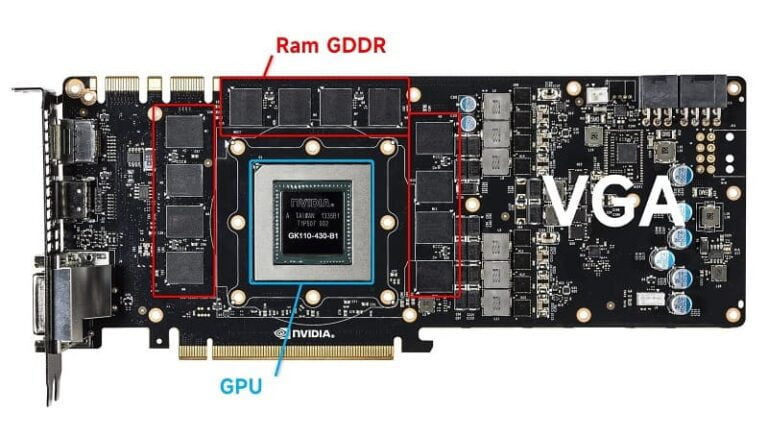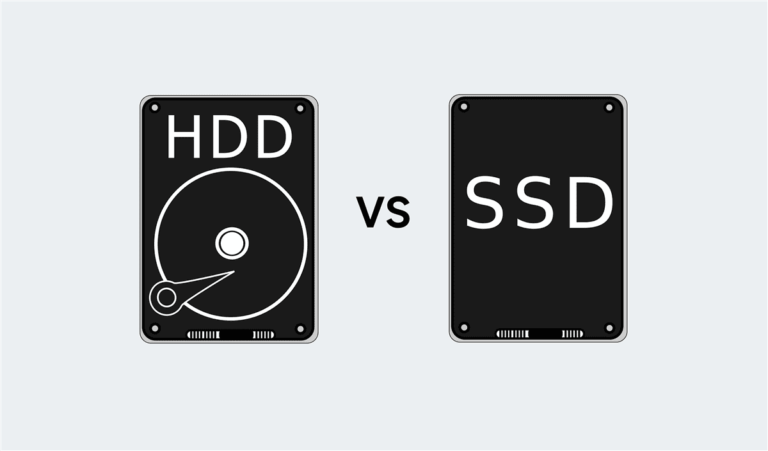Now that High Dynamic Range (HDR) technology has become the standard for most device screens, you may have heard the word “peak brightness” used to indicate the good capabilities of the screen. To describe the brightness of the screen usually use the values of Peak brightness, brightness (or typical), minimum brightness.
Now what is peak brightness, how does it function and what is it for?
Peak Brightness on Screen
Peak brightness means peak brightness, is the maximum brightness that the screen is capable of achieving. The brightness of the peaks is measured in nits or cd/m² values (candela per square meter), both of which are the same.
Because parts of the screen can have different brightness, peak brightness is measured in luminance. So, when the screen displays a white image with a peak brightness condition of 100 and a contrast level of 100, the average brightness will be calculated. then the result is the Peak brightness value.
Peak brightness can be used to display HDR and SDR content, but this capability is more or very useful for HDR content, as it can show brighter highlights.
The peak brightness capability on the screen is indispensable for displaying HDR video content. However, in smartphones peak brightness is also used when the screen condition is in a place where the environment has a lot of light (such as under the scorching sun). For example, in Redmi note 10, it has 1200 nits (peak).
HDR TVs have a standard in displaying HDR content, the brightness value is set at 1,000 nits. At least that’s what it takes to achieve the perfect HDR level.
- What is Typical Brightness?
Brightness (Typical) is the standard brightness of a TV screen or monitor. That means brightness at normal settings.
- What is Minimum Brightness?
Brightness (Min) is the brightness of the screen when displaying a white image with brightness and contrast set to level 0.





